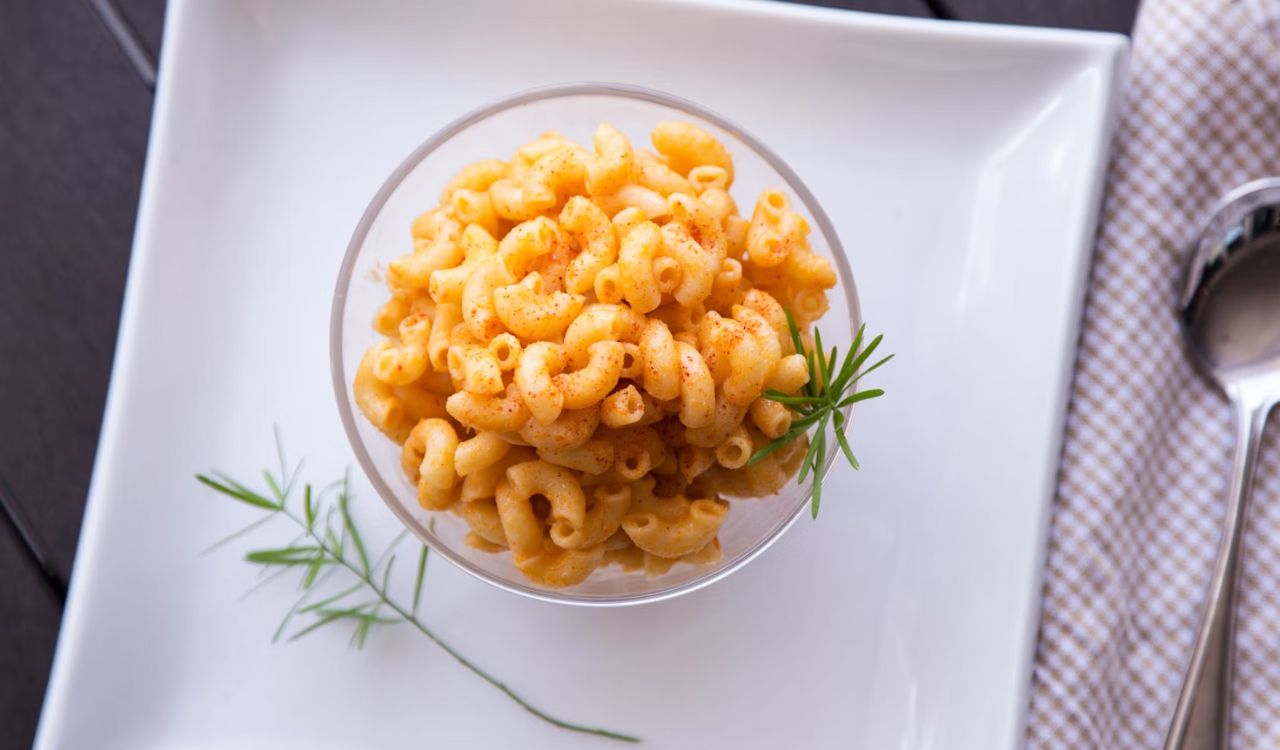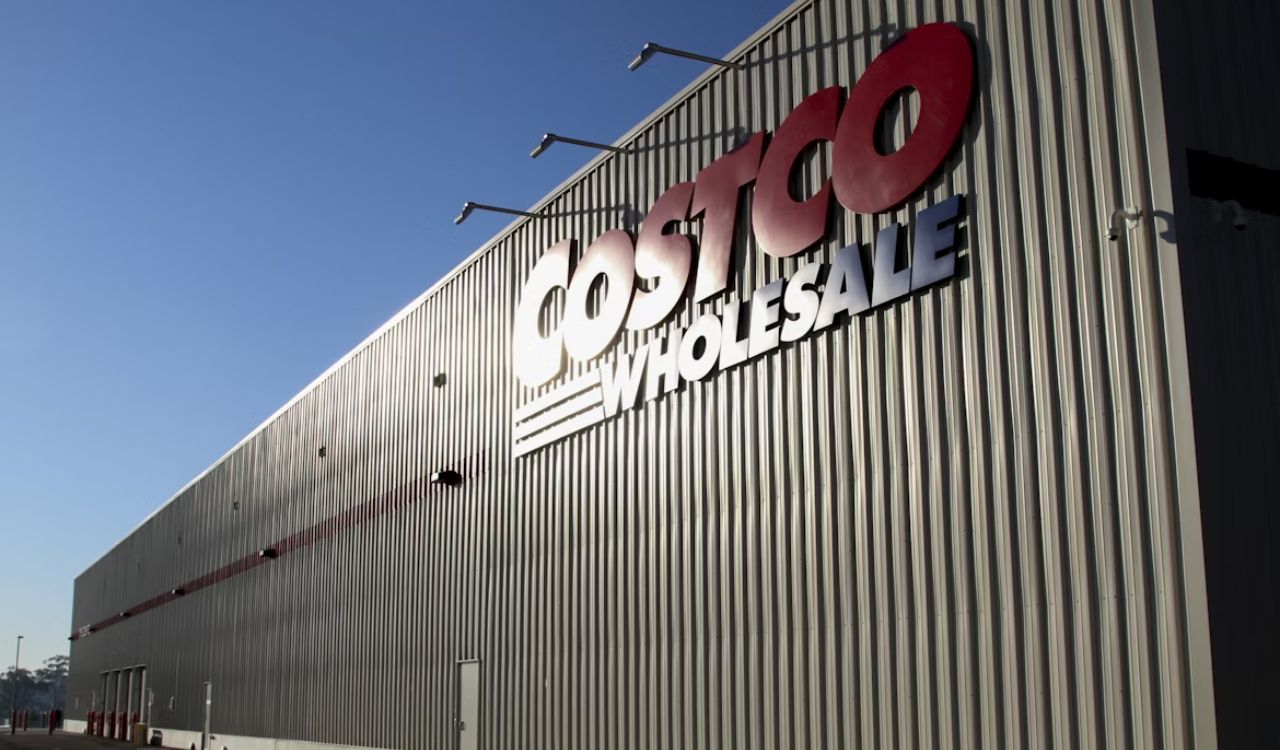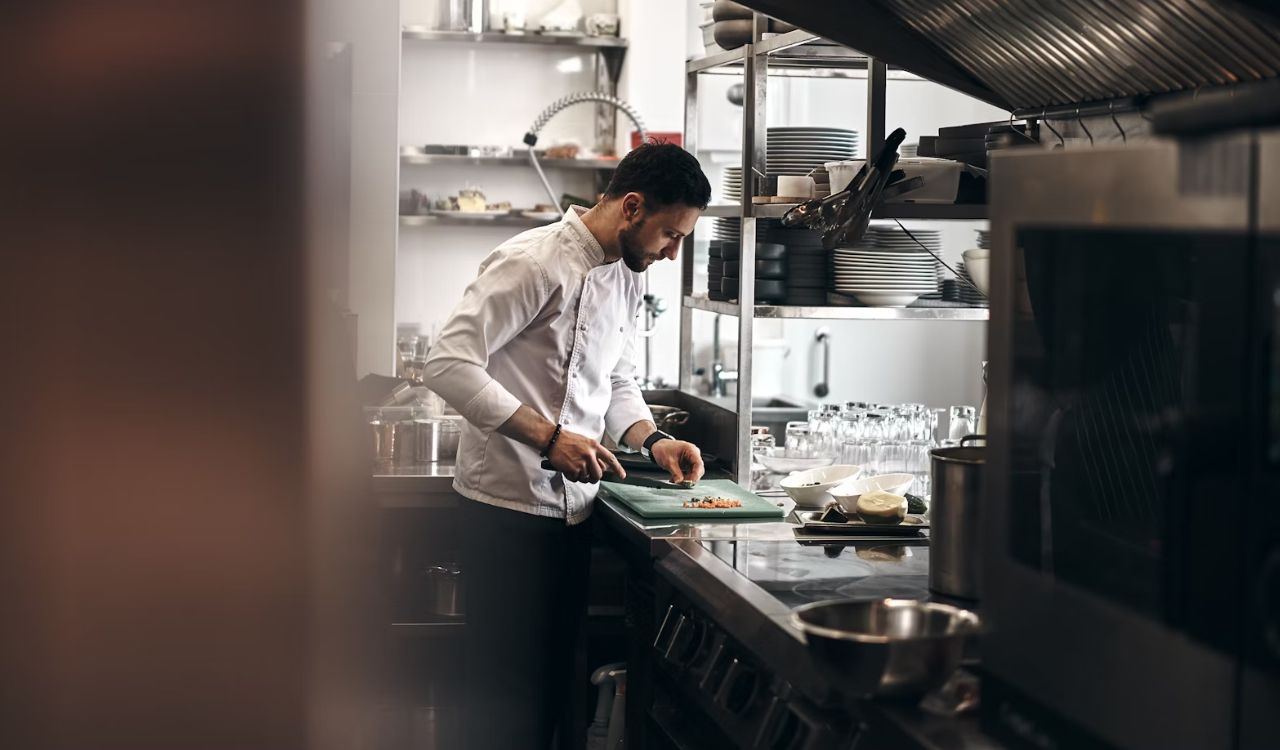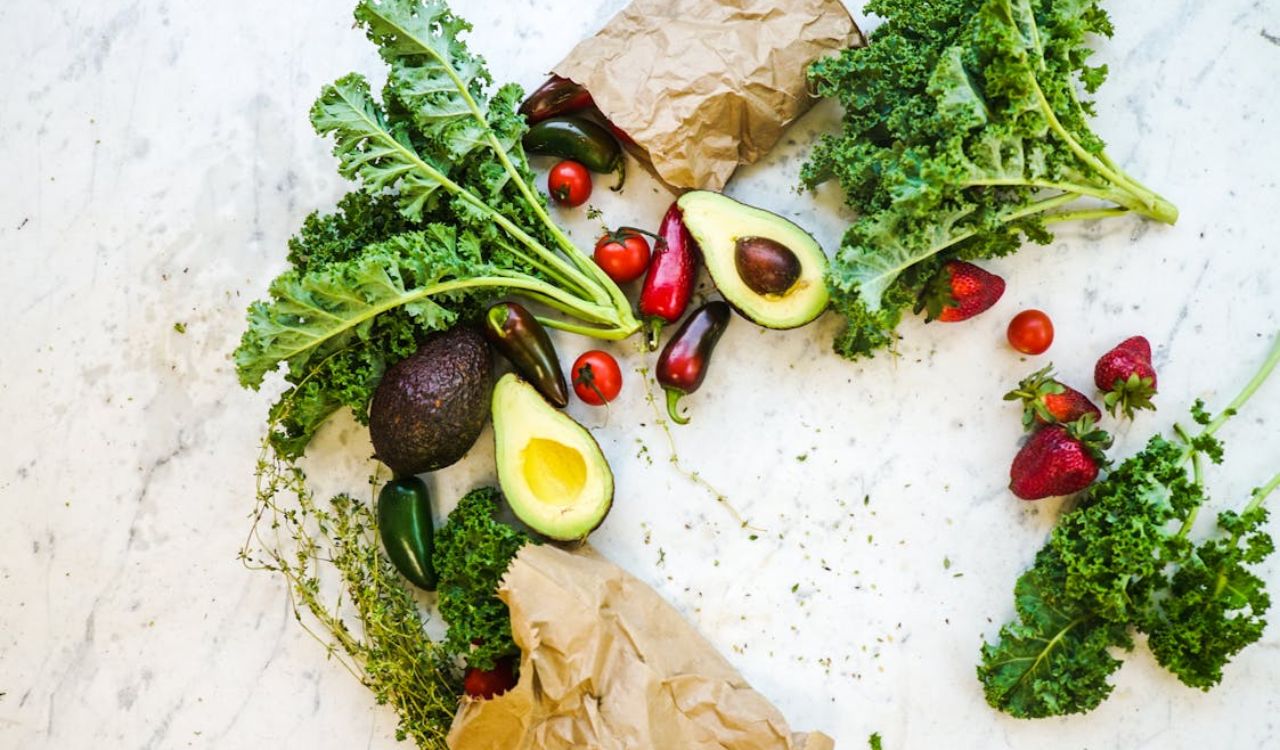What Happens to Hotel Buffet Leftovers You Never Knew
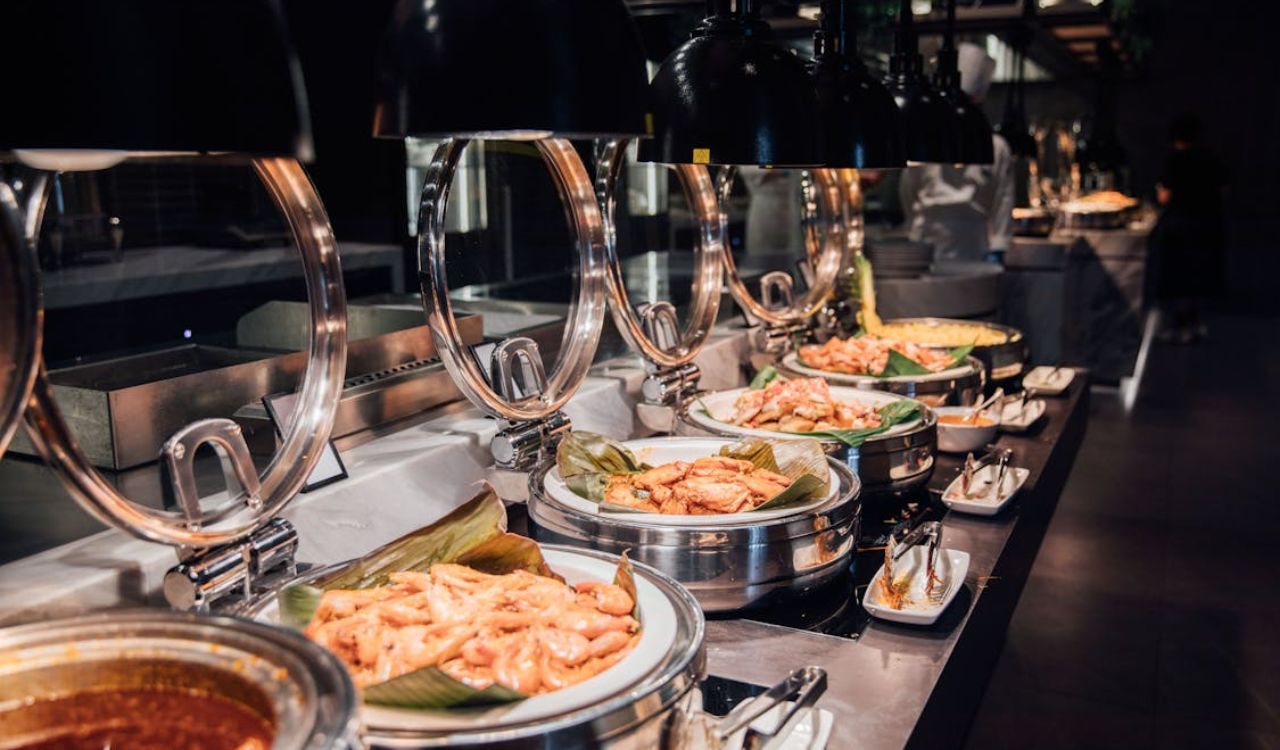
Hotel buffets are built on abundance. Rows of hot dishes, trays of bread and fruit, desserts that never seem to run out, and chefs ready to refill the moment something looks empty. Buffets create the sense that food is limitless. But once the dining room clears and service ends, the reality is harder to ignore: what happens to all the uneaten food?
The answer reveals a massive issue. Globally, about a third of all food produced goes to waste, according to the United Nations. Hotels and restaurants contribute heavily to that figure, with the hospitality sector alone estimated to waste 13 billion pounds of food each year.
That waste carries both financial and environmental costs. Food waste in the United States accounts for about 63 million tons annually, with a staggering $218 billion price tag. Buffets, where oversupply is baked into the model, are among the largest sources of this problem.
The good news is that hotels are no longer simply scraping everything into the bin. Behind the scenes, a range of solutions, from composting to community donations, are reshaping how leftovers are handled. The shift is not only saving money but also reducing climate impacts and even helping local families.
The Scale of Food Waste

If you think a few uneaten pastries or plates of scrambled eggs do not add up, the numbers tell another story. Studies show that nearly half of all buffet food ends up discarded. At an individual property, this can mean as much as 2,000 pounds of food wasted each week.
Across the United States, that waste is part of a much larger problem. It is estimated that Americans throw away 108 billion pounds of food every year, the equivalent of 130 billion meals and more than $400 billion in value lost. Hotels and restaurants account for about 40 percent of consumer-serving business waste, making them a critical part of the solution.
The environmental impact is equally concerning. Each kilogram of wasted food generates nearly two kilograms of carbon dioxide equivalent emissions and consumes nearly three tons of natural resources during its production. That means leftovers from your breakfast buffet carry a hidden carbon footprint long before they hit the trash.
Where Leftovers Go
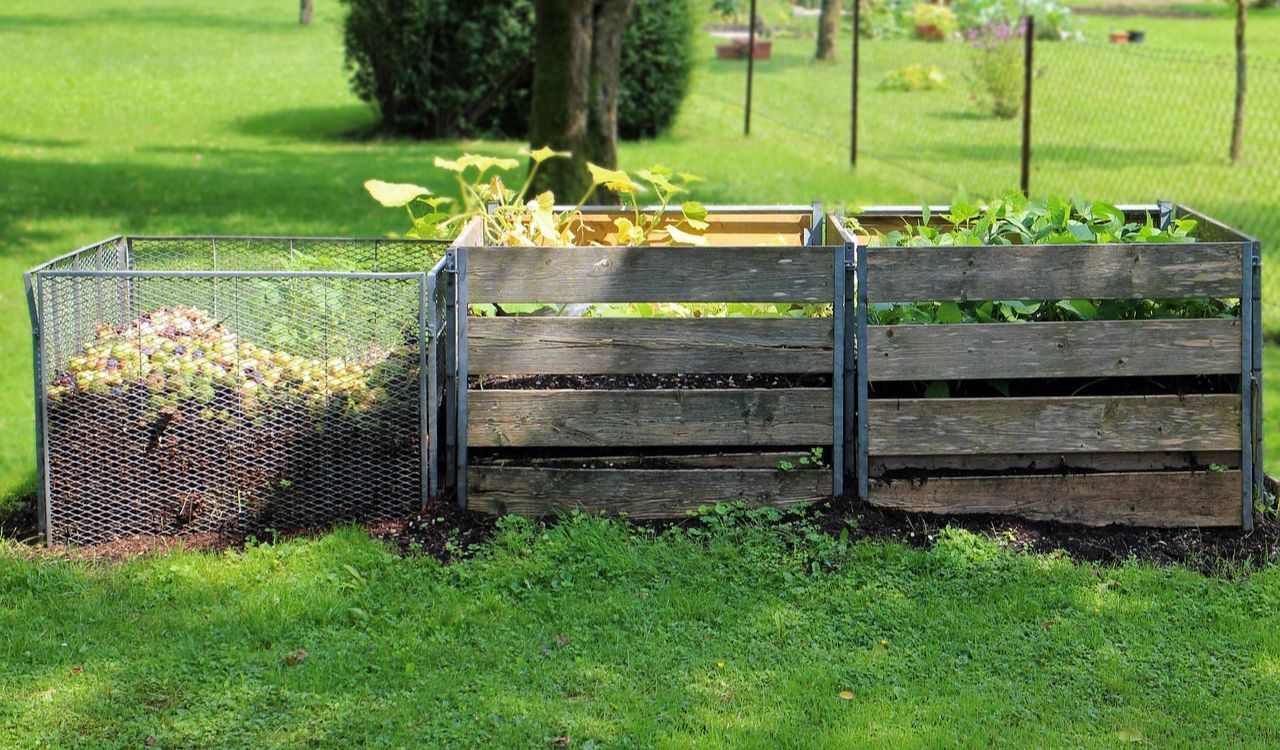
Traditionally, hotel leftovers went straight into the garbage. But with rising awareness about sustainability, many hotels are adopting creative ways to deal with waste more responsibly.
Composting for Farms and Gardens
One of the simplest and most widely used methods is composting. Food scraps are broken down into nutrient-rich soil that can be used in landscaping or donated to local farms. This approach reduces landfill waste while creating something beneficial for agriculture.
Feeding Livestock
In some destinations, hotels partner with local farmers who collect safe leftovers as animal feed. This gives food a second life while lowering disposal costs for hotels and reducing the environmental burden of waste.
Biogas Technology
A growing number of resorts have turned to biogas systems, where decomposing scraps produce methane gas. That methane can be captured and converted into electricity or hot water for the hotel. It is a win-win solution: less waste in landfills and more renewable energy onsite.
Charitable Donations
For food that remains safe to eat, donations are another growing trend. In the Caribbean, some hotel chains partner with organizations like Feeding Our Future to share excess food with local communities. In the U.S., strict food safety rules limit what can be donated, but many hotels still find ways to work with charities and food banks.
However, safety rules present a major hurdle. A study at the Hyatt Regency Orlando found that only 10 to 15 percent of buffet leftovers could be donated or repurposed, with the rest discarded. Still, every meal saved from the trash makes a tangible difference for families in need.
How Hotels Are Rethinking Buffets
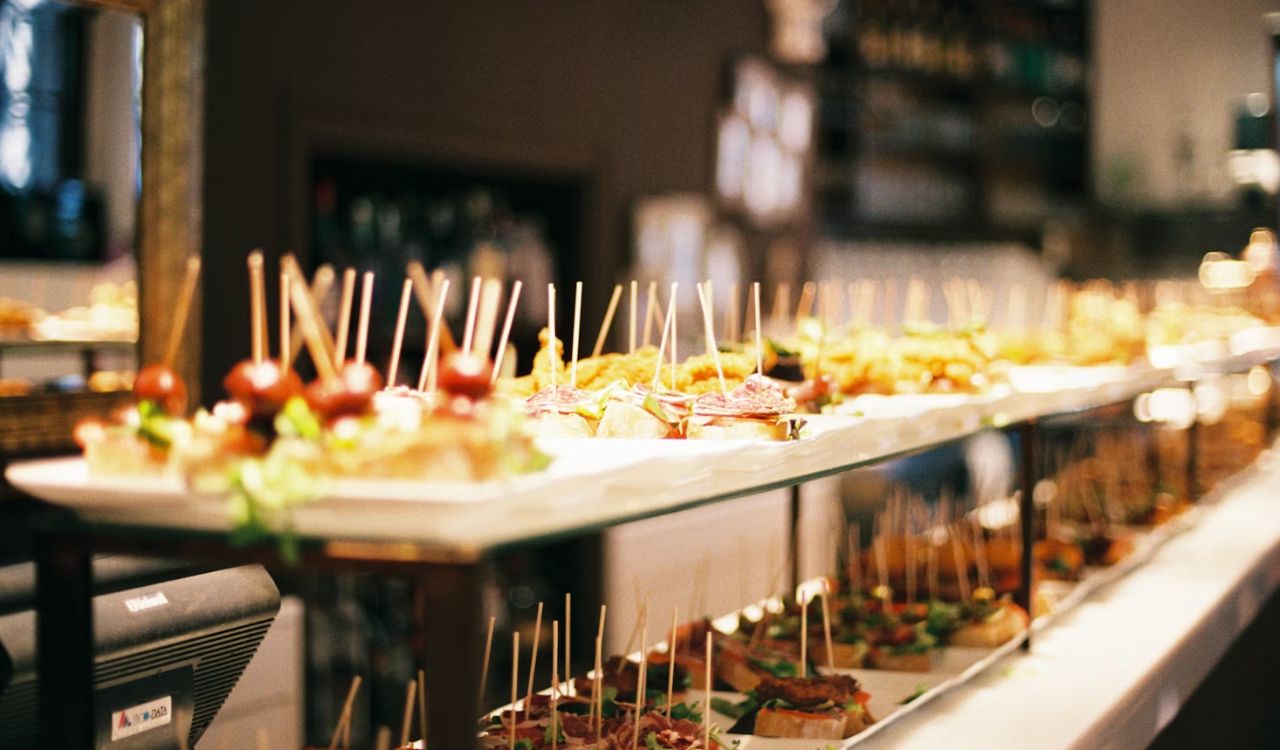
Beyond finding creative ways to recycle waste, hotels are now focusing on prevention, making sure less food ends up left over in the first place.
At Hyatt Regency Orlando, researchers from design firm Ideo observed that guests ate just over half of what was served at buffets. Armed with that data, the hotel redesigned its approach.
Instead of giant platters, they now use smaller trays that are refilled more often. Yogurt is served in single cups rather than large communal bowls. Bread baskets are smaller, and sample plates replace oversized platters of meat and cheese. These changes cut buffet costs by around 10 percent, without any guest complaints.
Elsewhere, hotels in Las Vegas and beyond are using technology to track consumption patterns. By monitoring what guests actually eat versus what is prepared, kitchens can better match supply with demand. This reduces overproduction, one of the biggest drivers of waste in large-scale food service.
Chefs are also getting more creative with repurposing ingredients. Stale bread becomes croutons, overripe fruit turns into smoothies, and leftover vegetables might end up in soups. These practices not only save money but also cut waste significantly.
Supporting Local Communities
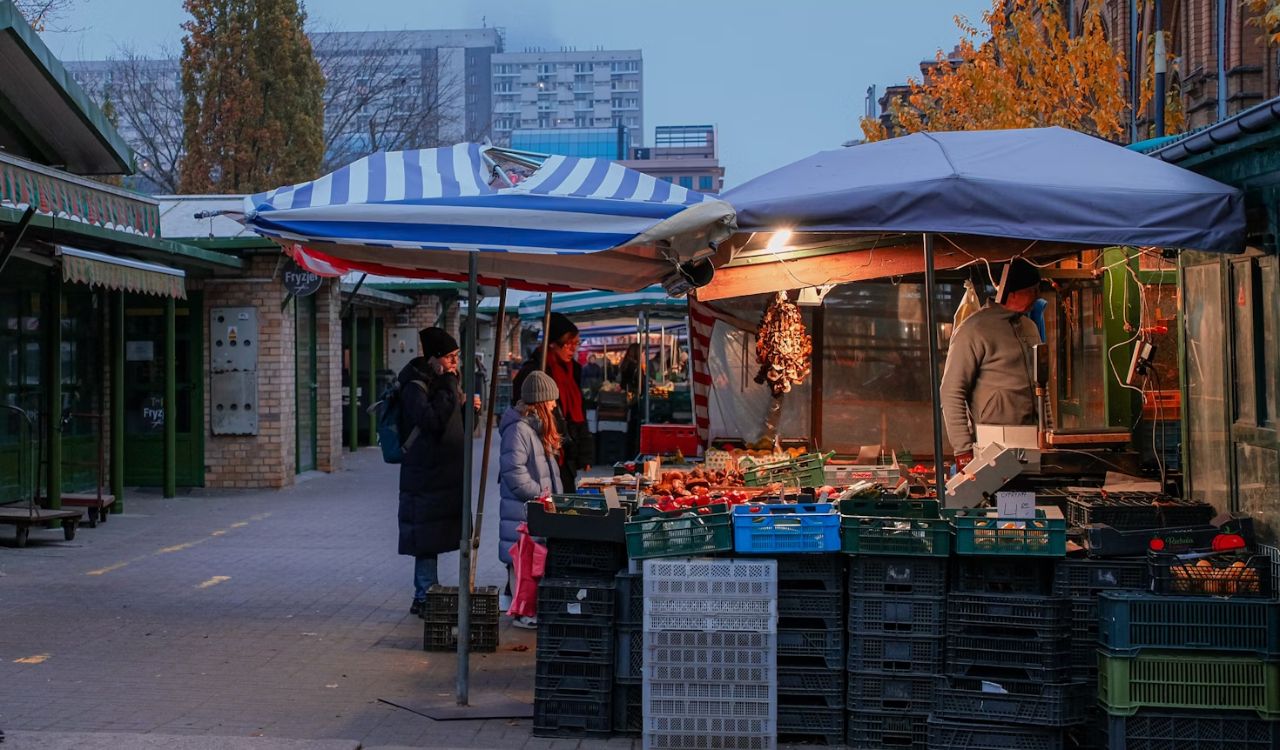
Food waste is not just an environmental or financial issue. It is also a social one. Millions of people face food insecurity worldwide, and hotels have an opportunity to redirect excess to those who need it most.
In destinations like Mexico, some hotels collaborate with startups that transform leftovers into useful products such as eco-friendly soap or compost for local agriculture. In other regions, hotels directly donate to food banks or shelters. These efforts strengthen bonds with communities, demonstrating that luxury and responsibility can coexist.
Guests increasingly value this kind of commitment. Eco-conscious travelers are more likely to choose hotels that emphasize sustainability. For properties, that means reducing waste is not just a moral obligation but also a competitive advantage.
What Guests Can Do
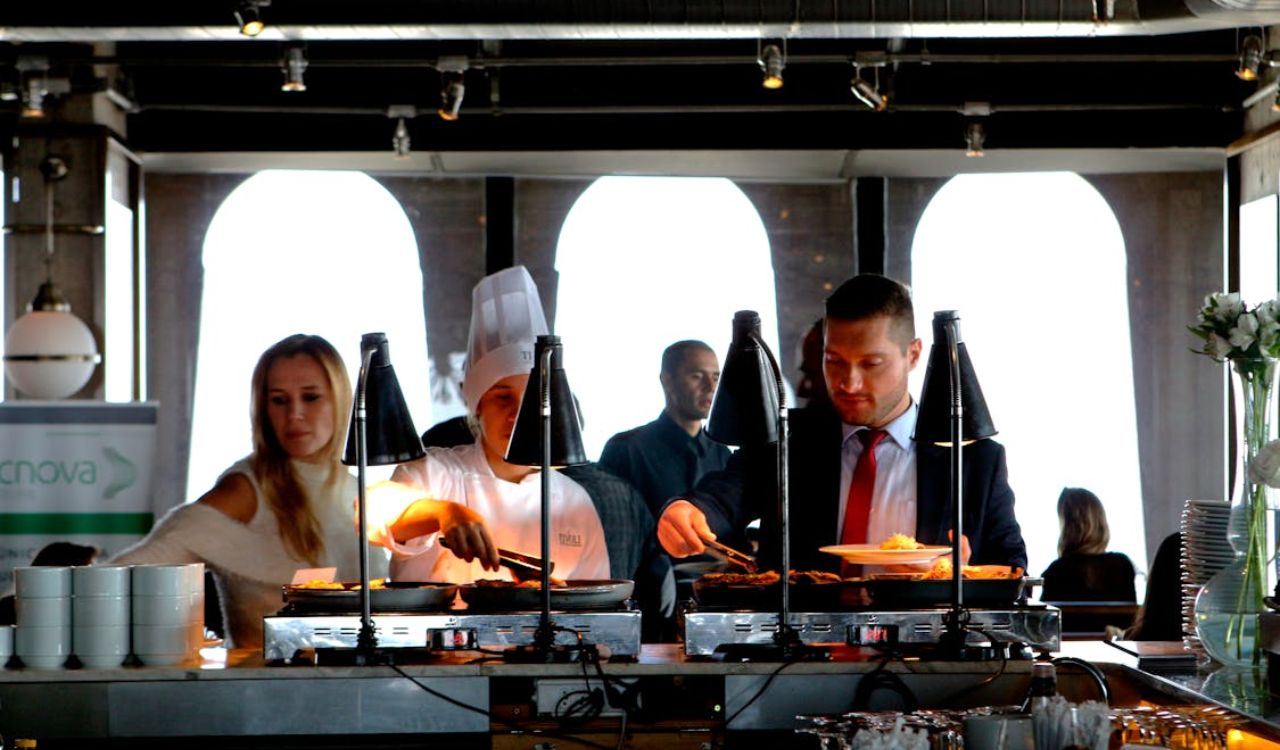
Hotels are making changes, but the behavior of guests plays a crucial role in reducing waste. Buffets thrive on variety, and the temptation to overfill plates is strong. A few mindful choices can help:
- Start small: Take smaller portions first. You can always go back for seconds.
- Choose wisely: Only take full portions of foods you are confident you want. For new dishes, sample lightly.
- Talk to staff: Ask chefs about portion sizes or specials to avoid piling up on items unnecessarily.
- Save snacks: If the hotel permits, take what you cannot finish right away in a reusable container rather than discarding it.
When multiplied across hundreds of guests, these small actions significantly reduce overall waste.
Why It All Matters

Hotel buffets symbolize indulgence, but they also highlight the excesses of modern food culture. Leftovers are not just scraps. They represent wasted labor, money, resources, and opportunities to feed people in need.
The encouraging news is that change is underway. Hotels are composting, donating, generating energy, and redesigning buffets to be smarter and more efficient. Guests, too, have the power to make a difference by practicing mindful dining.
The next time you walk past an endless buffet spread, remember that abundance does not have to mean waste. What happens behind the scenes is quietly reshaping the future of hospitality, one tray at a time.
References
- What Happens to Leftover Food in All-Inclusive Hotels?- SanctuaryLochness.uk
- What Do Hotel Buffets Do With Their Leftovers?- TastingTable.com
- Hotel Buffets, a Culprit of Food Waste, Get Downsized- NYTimes.com


